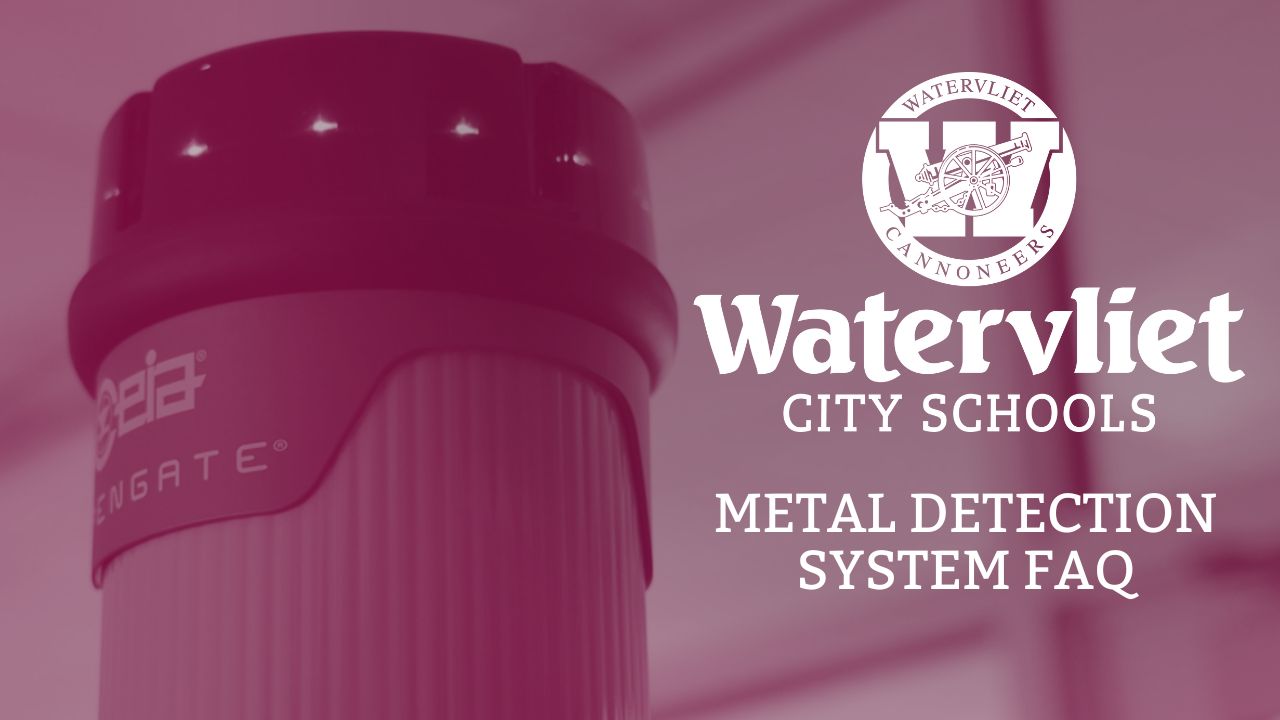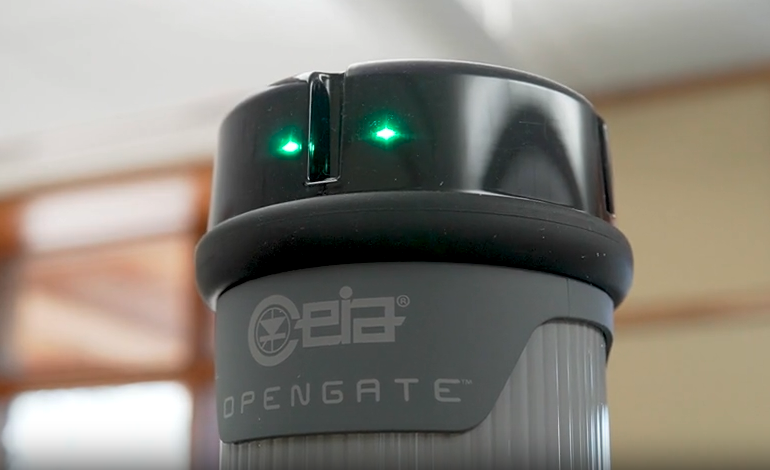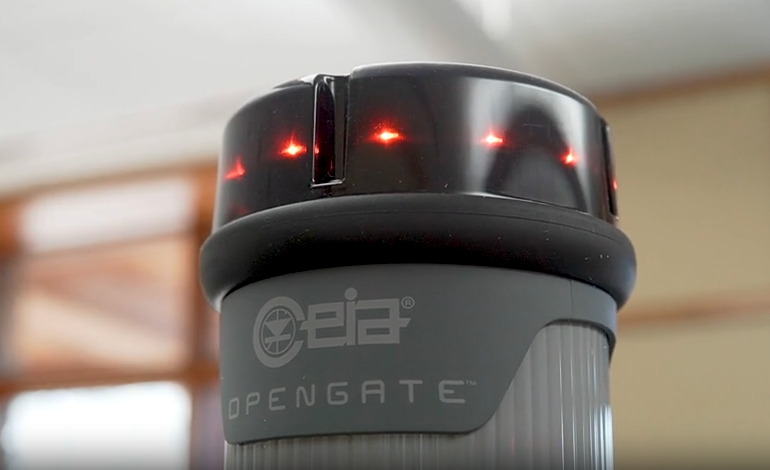Metal Detection System Frequently Asked Questions (FAQ)

WHEN WILL THE METAL DETECTION SYSTEM BE IN OPERATION?
The district will implement OPENGATE metal detection scanners at the Watervliet Junior-Senior High School campus to screen students and visitors as they enter the building. The walkthrough scanners can detect a wide range of metallic items, including knives and firearms, to ensure prohibited items do not make their way into our schools.
WHEN WILL THE METAL DETECTION SYSTEM BE IN OPERATION?
Beginning on the first day of school this September, students and visitors to the WJSHS campus will be screened using the OPENGATE object detection system at the building’s main entrance when arriving at school.
WHO WILL OPERATE THE METAL DETECTORS/SCANNERS?
A designated team at WJSHS will receive training on how to operate the safety screening technology, resolve false alerts, determine the need for and conduct secondary screenings, and the protocols to follow if a prohibited item is found.
WHO WILL PASS THROUGH THE DETECTORS AND WHAT IS THE PROCESS?
Students will pass through the scanners one at a time.
Students should remove from their bag or backpack any objects (Chromebooks, 3-ring binders, cellphones, umbrellas) that may activate the scanners and hand these to a staff member before walking through the scanners. Items will be returned to students after they have passed through the scanners and into the building.
If the alarm sounds when passing through the scanners, students will step to the side for a secondary screening to determine the cause of the alarm.

WHAT IS SECONDARY SCREENING AND WHEN DOES IT HAPPEN?
If the red lights at the top of the scanner activate and an alarm sounds as a student passes through the scanners, staff will direct the student to an area nearby, away from the entry lanes, for a secondary screening. This allows the entry process for students to continue uninterrupted.

The system may alert on numerous items that are permissible in schools, such as 3-ring binders, laptops, eyeglass cases, umbrellas, etc. The purpose of a secondary screening is to determine the reason for the alert. Secondary screening will determine if the alert is originating from a permissible item, and whether the alerted item is on the student or in their backpack or bag.
Additional levels of screening may be necessary, including scanning with a handheld device or conducting a search of the student’s backpack or bag.
WHO CONDUCTS THE SECONDARY SCREENING?
Secondary screenings are conducted by administrators, the campus security monitor, or other designated staff who have been trained to manage these situations. Discretion, respect, and professionalism will be demonstrated to ensure the privacy and dignity of the individuals while prioritizing safety and security.
WILL SAFETY SCREENING TECHNOLOGY SLOW THE ENTRY PROCESS?
These systems are designed to provide fast and efficient screening of multiple people at the same time, allowing for continuous movement. During the initial implementation, some delays may be experienced; however, the goal is to minimize any potential disruptions to the entry process.
WHAT ITEMS WILL ACTIVATE THE METAL DETECTION SCANNERS?
The safety screening technology can detect various permissible items, such as Chromebooks, 3-ring binders, umbrellas, as well as prohibited objects including but not limited to knives, firearms, handguns, long guns, and materials and components used to construct an explosive device.
WHAT IF A WEAPON OR OTHER PROHIBITED OBJECTS ARE FOUND?
If a weapon or other prohibited object is found, the School Resource Officer will take possession of it immediately. The individual bringing the item(s) onto school property may face potential criminal charges and/or disciplinary action according to the school district’s Code of Conduct.
WHAT RESOURCES ARE AVAILABLE TO STUDENTS WHO MAY BE ANXIOUS ABOUT THE METAL DETECTION SYSTEM?
Families are encouraged to talk with students about the use of metal detection scanners. School counselors are prepared to support students who may experience anxiety about the new arrival procedures.
WHAT IF I DON’T WANT MY CHILDREN TO PARTICIPATE?
To be effective, it is essential that the entire school community follow all safety protocols including arrival procedures using the scanners. If your child cannot pass through the metal detector for medical reasons, please contact the school nurse or the building principal. Otherwise, the expectation is that all students will follow staff directions regarding this important safety procedure.
WHAT IF A STUDENT REFUSES TO PASS THROUGH THE SCANNERS?
The school’s metal detection system is one of several measures to keep everyone safe at school. If a student refuses to pass through the scanner, other security screening options will be available. For example, the student may be referred to a school administrator who would then use a handheld device to screen the student.
WHAT ABOUT PARENT AND VISITORS? DO THEY HAVE TO PASS THROUGH THE METAL DETECTION SYSTEM WHEN ENTERING THE BUILDING DURING SCHOOL HOURS?
Yes, parents, contractors, and other visitors are required to go through the screening throughout the school day.
In addition, the metal detection system may be deployed during school-related functions that take place after school and on weekends. Students, parents, and visitors to the school for sporting events, for example, will be required to pass through the metal detection scanners before entering the building. No exceptions.
IS THE DETECTION SYSTEM SAFE?
Yes, this technology provides metal detection without the use of harmful radiation. The system uses safe, low-frequency electromagnetic fields to detect concealed weapons as individuals walk through the scanners. The non-contact approach ensures that the screening process is completely safe for all individuals, including children, pregnant women, and those with pacemakers or other medical devices.
Accredited laboratory testing for electromagnetic fields certification is on file in the Superintendent’s Office.


